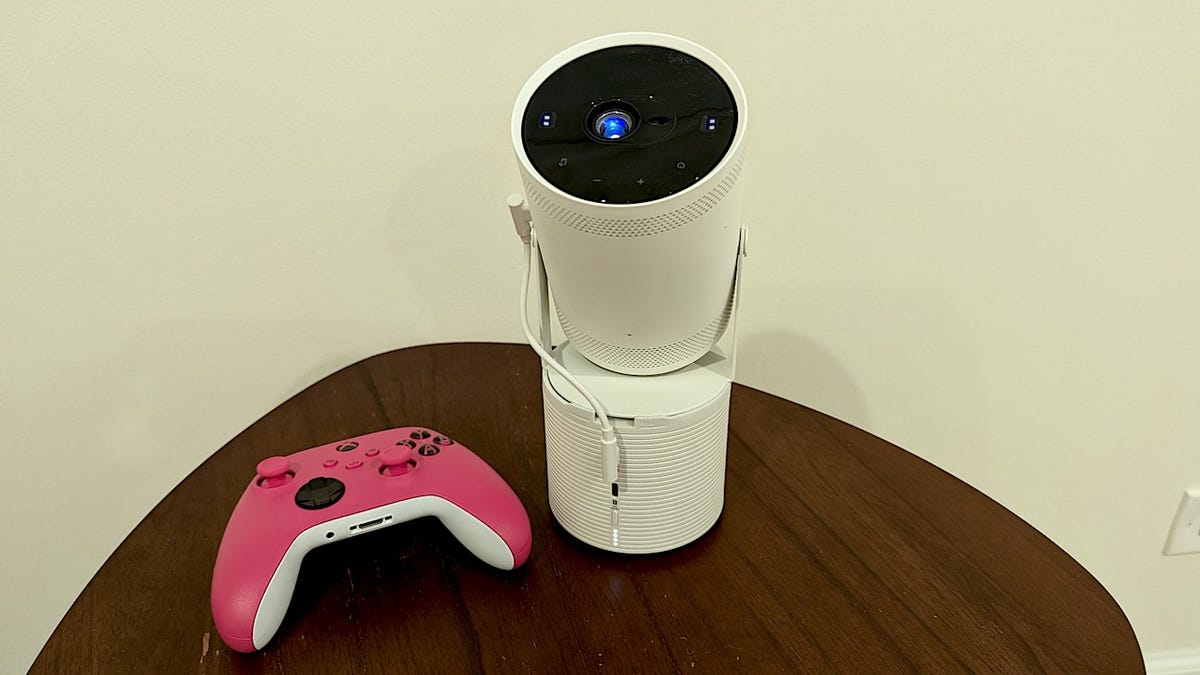BOOK THIS SPACE FOR AD
ARTICLE ADEthereum developers are probably heaving a sigh of relief now as the blockchain's eco-friendly Merge upgrade is live and running. The creators are likely to shift their focus on resolving other issues related to Ethereum that would further finetune its working and use cases. Scaling solutions for the blockchain and opening up withdrawals of staked assets are two key focus areas, which could reportedly rope-in the developers' intrigue. The one main goal is to allow Ethereum users to expand their reliance on the blockchain for multiple use-cases.
Now, a report by The Block has claimed that Ethereum's revamped proof-of-stake (PoS) mechanism will soon support scaling solutions.
In an interview back in July, Ethereum co-founder Vitalik Buterin had said that the capabilities of Ethereum could be tuned to process 100,000 transactions per second from its regular 15-20 transactions per second. Reaching this point is the next big goal for Ethereum developers.
Proto-danksharding, sharding, introducing proposer builder separation (PBS) and reducing the total history and storage requirements for validators are the four processes in the pipeline for Ethereum's further development.
Proto-danksharding would introduce data blobs to increase the amount of data Ethereum blocks can hold and make transaction costs on Ethereum layer-2 chains 100 times cheaper. Layer-2 protocols allow cheaper transactions while still providing the security benefits of the Ethereum base layer.
With sharding, the ambition is to make the processing of large number of transactions cheaper by bringing them to the main blockchain in batches.
While the PBS concept will ensure an adequate amount of validators for decentralisation and data availability sampling on the post-sharded Ethereum network, altering the total history and storage requirements for validators would make running a validator more cost-effective.
All of this put together will eliminate Ethereum's dependency on centralised networks and maintain its decentralised quality, The Block said.
The Merge upgrade to Ethereum rolled out on September 15, making the most commercialised blockchain, eco-friendly in nature.
The Merge was first proposed in 2014. The developers have run extensive tests on the Ethereum revamp all these years because the decentralised finance (DeFi) apps reportedly worth over $100 billion (roughly Rs. 7,61,100 crore) are supported on the blockchain, and cannot be put in jeopardy.
While the PoS mining operations use randomly selected miners to validate transactions, PoW mining needs a competitive validation method to confirm transactions and add new blocks to the blockchain. Hence, the operations of PoW mining is costlier to maintain.
.png)
 2 years ago
97
2 years ago
97 














 Bengali (Bangladesh) ·
Bengali (Bangladesh) ·  English (United States) ·
English (United States) ·